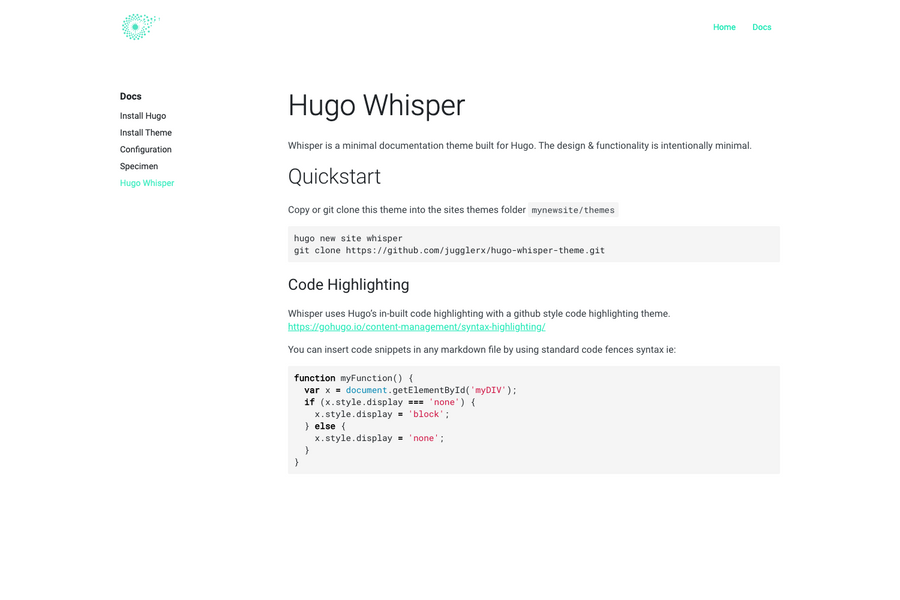In the grand tapestry of modern technology, computer vision serves as a luminary thread, illuminating the intricacies of visual data and bridging the chasm between artificial intelligence and human perception. To embark on a journey into the realm of computer vision is akin to stepping into a vast, intricate forest, where each path leads to new discoveries and profound insights. This article aims to guide aspiring practitioners through the labyrinthine beginnings of computer vision, offering not only foundational knowledge but also an exploration of the myriad applications that await those who dare to venture into this captivating domain.
The initiation into computer vision begins with an understanding of its fundamental principles—a robust foundation upon which one can build expertise. At its core, computer vision involves the analysis and interpretation of visual information from the world, enabling machines to “see” and comprehend images and videos much like humans do. The metaphor of sight is particularly fitting here; just as humans rely on a rich interplay of sensory perception and cognitive processes to understand their surroundings, so too must artificial systems be designed to mimic this intricate functionality. This entails not just an appreciation of computational techniques, but also a grasp of the biological processes that inspire them.
To fully appreciate the complexities of computer vision, one must delve into several interdisciplinary domains. Mathematics, particularly linear algebra, calculus, and probability theory, serves as the bedrock on which computer vision algorithms are constructed. For instance, understanding matrix operations is essential when manipulating pixel data, while probability aids in formulating models that predict and classify visual information. It is crucial for budding computer vision practitioners to fortify their mathematical acumen, as it will enable them to navigate and interpret the algorithms that are central to the field.
Equipped with mathematical knowledge, the next step is to familiarize oneself with programming languages highly regarded in the field. Python has emerged as the lingua franca of computer vision, thanks to its extensive libraries such as OpenCV, TensorFlow, and PyTorch. These libraries provide the tools necessary for implementing machine learning models, image processing techniques, and deep learning architectures. Mastery of these resources is not merely a suggestion; it is a vital undertaking that empowers practitioners to transform theoretical knowledge into practical applications.
As one progresses, engaging with foundational concepts such as image processing and feature extraction becomes imperative. Image processing involves manipulating digital images to enhance their quality or extract useful information, employing techniques such as filtering, edge detection, and morphological operations. This stage of development is akin to learning the basic strokes of a painter’s brush; it is an exploration of how to modify and refine the raw canvas of visual data. Feature extraction, on the other hand, involves identifying and isolating specific attributes within an image that are critical for classification and recognition tasks. The extraction of features can be compared to a sculptor chiseling away excess marble to reveal the elegant form hidden within.
Once grasped, these concepts pave the way for delving into more advanced methodologies, particularly machine learning and deep learning. Machine learning algorithms enable systems to learn from data and improve over time without explicit programming. The transition from traditional algorithm development to machine learning represents a paradigm shift where the machine assumes a more autonomous role in discerning patterns from datasets. Deep learning, a subset of machine learning, harnesses neural networks with multiple layers to process vast amounts of visual information, mimicking the complexities of human vision more closely. This unfolding complexity is reminiscent of the metamorphosis a caterpillar undergoes to emerge as a butterfly—transcending limitations and embracing new capabilities.
The applications of computer vision are as diverse as they are impactful, permeating various sectors from healthcare to autonomous driving. In healthcare, computer vision technologies facilitate early disease detection through the analysis of medical images, thereby improving patient outcomes. In industries reliant on automation, computer vision systems enable machines to navigate and interpret environments autonomously, enhancing efficiency and safety. The allure of computer vision lies not only in these tangible benefits but also in its potential to revolutionize the way we interact with technology, ushering in an era where machines become partners in exploration and creativity.
The art of learning computer vision extends beyond technical mastery; it encompasses a holistic approach that integrates theory with practical implementation. Engaging with online courses and tutorials fosters a sense of community among learners, while collaborative projects can enhance problem-solving skills. Platforms such as GitHub provide a fertile ground for sharing knowledge, enabling practitioners to contribute to open-source projects and expand their networks. A logical progression through these interconnected resources transforms the learner into an active participant in the vibrant discourse surrounding computer vision.
In conclusion, the journey into computer vision is a multifaceted endeavor that combines rigorous intellectual exploration with creative expression. As practitioners embark on this adventure, they carry the potential to unravel the mysteries of visual data, unlocking new avenues for innovation and discovery. Much like a seasoned explorer charting an uncharted territory, each individual has the opportunity to contribute to the evolving landscape of computer vision. With perseverance, curiosity, and a commitment to continuous learning, the realm of computer vision is not just a destination but an unfolding narrative rich with possibilities waiting to be explored.












